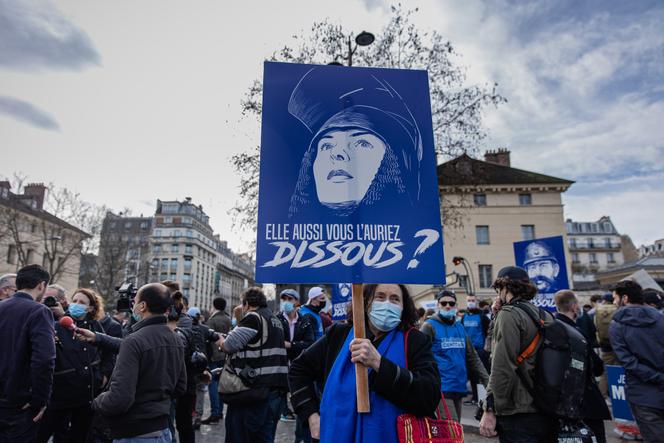


Some situations are more difficult than they seem. For example, when you have committed yourself to radical activism, while the main party in your political camp only inches closer to power, election after election. What do you do? Jump on the "de-demonization" bandwagon, abandon violence and swap the Harrington jacket (a favorite of the radical far right) for a more mainstream suit? Remain isolated and ideologically pure, or act as a spur, trying to influence the party's positions from the outside?
These are the questions on the minds of France's far right, whose activist scene is teeming with radical groups outside the Rassemblement National (RN), which has made progress in the last two elections. First, in the European elections on June 9, where the list led by party president Jordan Bardella came out well ahead, and then in France's early parliamentary elections a month later, when, despite a third-place finish, the party won 125 seats under its own banner – 142, if we include the members of the conservative Les Républicains party who joined the far right with their leader Eric Ciotti. It was enough to attract the ambitious and arouse jealousy.
The web of radical far-right groups suffers from a major difficulty: It is geographically fragmented and ideologically divided, even if the boundaries are becoming increasingly blurred. The turning point came around 10 years ago, with the death of Clément Méric, an anti-fascist activist killed in a brawl with far-right skinheads.
Several of the organizations that structured this milieu were then disbanded by the government, such as L'Œuvre Française, an old nationalist and activist party, and Serge Ayoub's far-right skinheads, the Jeunesses Nationalistes Révolutionnaires. In 2019, it was the turn of Bastion Social, a revolutionary nationalist movement. In 2021, a salvo also hit a major group, Génération Identitaire, and other lesser-known but very active groups: L'Alvarium in Angers and Les Zouaves in Paris. This year, Les Remparts in Lyon and Groupe Union Défense (GUD) in Paris have been disbanded.
These bans (the list is not exhaustive) have not prevented several of the small remaining groups – we're talking about a few dozen people each time – from committing racist or homophobic attacks, or clashing violently with left-wing and radical left activists. All this is often filmed and arrives almost in real time in groups on the encrypted Telegram messenger, followed by hundreds of people.
But it's clear that today's radical movement is disorganized. "Most of these groups want to hold on to their territory, which makes things complicated. A national groupuscule could structure everything, but you'd have to be crazy to do that with all the bans," said Nicolas Lebourg, historian and specialist in the radical far right.
You have 76.56% of this article left to read. The rest is for subscribers only.
